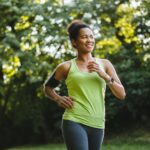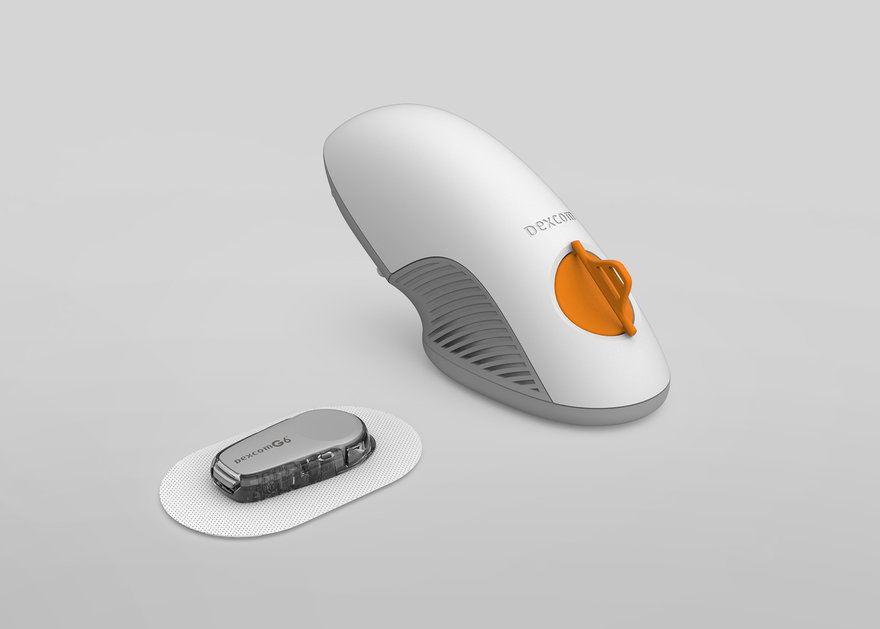The Dexcom G6 continuous glucose monitoring (CGM) system is a life-changing tool for individuals with diabetes, offering real-time glucose readings without the need for constant finger pricks. However, to get the most out of your Dexcom G6, proper sensor placement is essential. This guide will walk you through the best spots for comfort and precision, ensuring you get the most accurate glucose readings while maintaining a comfortable experience.
Why Sensor Placement Matters?
The Dexcom G6 relies on its tiny sensor to measure glucose levels from the interstitial fluid just under the skin. The accuracy of your glucose readings depends on how well the sensor is positioned in the body. Poor placement can lead to inaccurate readings, discomfort, or even premature sensor failure. Choosing the right spot ensures your sensor stays in place, lasts for its full 10-day lifespan, and provides the most accurate data. For more detailed guidance on choosing the best placement for your Dexcom G6 sensor, visit https://morecashforteststrips.com/where-to-wear-dexcom-g6/ to explore additional tips and suggestions.
Approved Sensor Placement Areas
Dexcom has approved specific body areas for sensor placement based on studies that guarantee accuracy and safety. According to the Dexcom G6 user guide, the two officially approved locations are the abdomen (for adults) and the upper buttocks (for children aged 2-17). These areas are recommended because of their minimal interference with daily activities and the consistency of glucose readings from these spots.
- Abdomen (Adults): The abdomen is the most common placement area for the Dexcom G6 sensor in adults. It offers a large surface area and tends to be less prone to movement, which helps keep the sensor intact. For best results, place the sensor at least three inches away from the navel and avoid areas with scars, moles, or excessive fat.
- Upper Buttocks (Children): For younger users, the upper buttocks provide a good option because it is generally protected from physical activity and impact. This placement minimizes the chances of the sensor being dislodged during play or exercise.
Alternative Sensor Placement Areas
While the abdomen and upper buttocks are the only approved areas by Dexcom, many users have found success with other locations, especially when looking for more comfort or better adhesion. It’s important to note that if you place the sensor in these areas, results may vary, and accuracy is not guaranteed by Dexcom. However, many find these locations comfortable and secure:
- Upper Arm: The upper arm is becoming increasingly popular among Dexcom users. This area provides a good mix of accuracy and comfort. It’s also a discreet spot, making it a favorite for those who want to keep the sensor out of sight. When placing the sensor on the upper arm, avoid the underside, where there is more muscle movement, and focus on the outer portion.
- Thighs: Some users prefer placing their sensor on the upper thigh. This area is particularly useful for those who are more physically active and want to keep the sensor away from the core of the body. However, be mindful that the thighs experience more movement, especially during running or walking, which may affect the adhesive’s longevity.
- Lower Back: The lower back, just above the buttocks, is another alternative area some users opt for. It provides a flat surface with minimal movement, which can help improve adhesion. However, like other alternative placements, you should monitor your readings closely for accuracy.
Tips For Choosing The Right Spot
No matter where you choose to place your Dexcom G6 sensor, there are a few key tips to follow to ensure optimal performance:
- Avoid Areas With Scars, Tattoos, Or Stretch Marks: These can interfere with the sensor’s ability to read glucose levels correctly.
- Stay Away From High-Movement Areas: Areas that experience frequent movement, such as joints or muscles, can cause the sensor to dislodge or lead to inaccurate readings.
- Rotate Placement: To avoid skin irritation or scar tissue buildup, rotate your sensor placement every time you apply a new one. This also ensures that your skin has time to heal between sensor applications.
- Clean And Dry The Skin Before Application: Using an alcohol wipe to clean the skin helps improve the sensor’s adhesion. Make sure the area is completely dry before applying the sensor.
Adhesion Tips For Keeping Your Sensor In Place
One of the most common concerns with CGM systems is keeping the sensor in place for its full lifespan. Here are some ways to ensure your Dexcom G6 stays securely attached:
- Use Adhesive Patches: There are adhesive overlays specifically designed for Dexcom sensors that provide extra protection.
- Skin Preparation: Products like Skin Tac can improve the sensor’s adhesion. Applying it before attaching the sensor helps it stick better.
- Avoid Water Immediately After Application: To allow the adhesive to bond fully to the skin, avoid swimming or showering for at least an hour after applying the sensor.
Final Thoughts
Finding the right spot for your Dexcom G6 sensor is crucial for both comfort and accuracy. While the abdomen and upper buttocks are the Dexcom-approved locations, alternative placements such as the upper arm, thigh, or lower back may work well for some users. Regardless of where you choose to wear it, following proper application tips will help ensure that your sensor stays in place and provides reliable glucose readings throughout its 10-day use.









